fatoldsun
NJRC Member
I have an ongoing cyano issue that I attribute to excess phosphate. I'm thinking food may be the culprit put I'm not sure. I'm also a little behind on my GFO and GAC change schedule. I'm in the process of building an LED rig and I know my bulbs are old but given the LEDs coming I don't want buy new right now.
Here are some before shots:
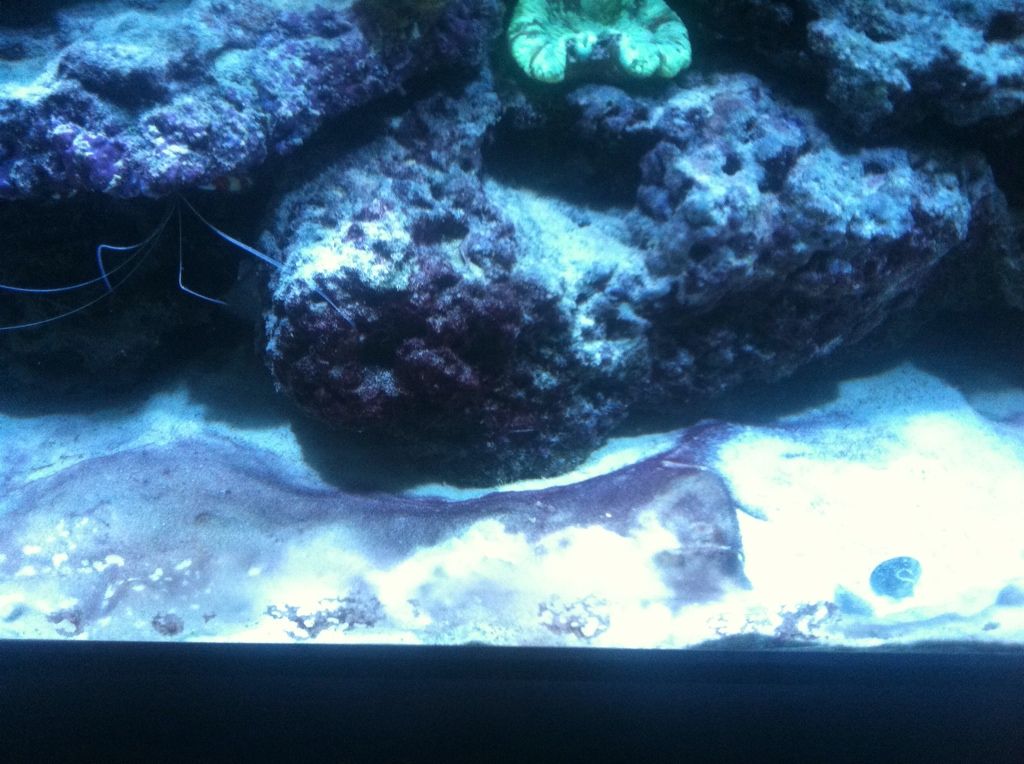
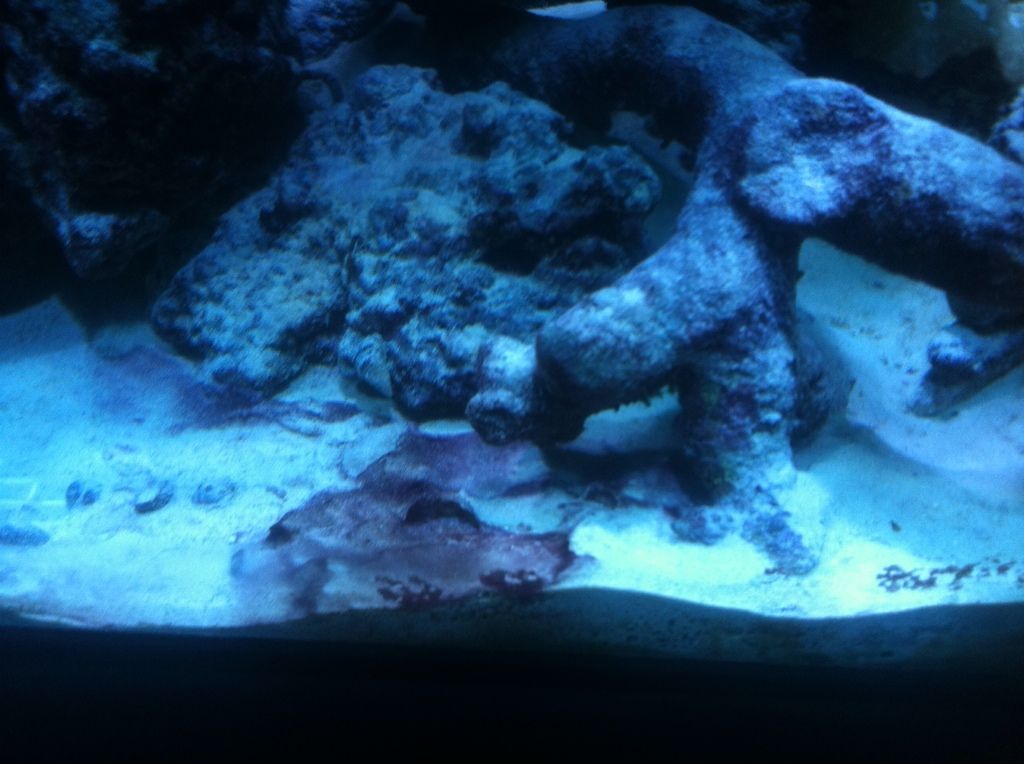
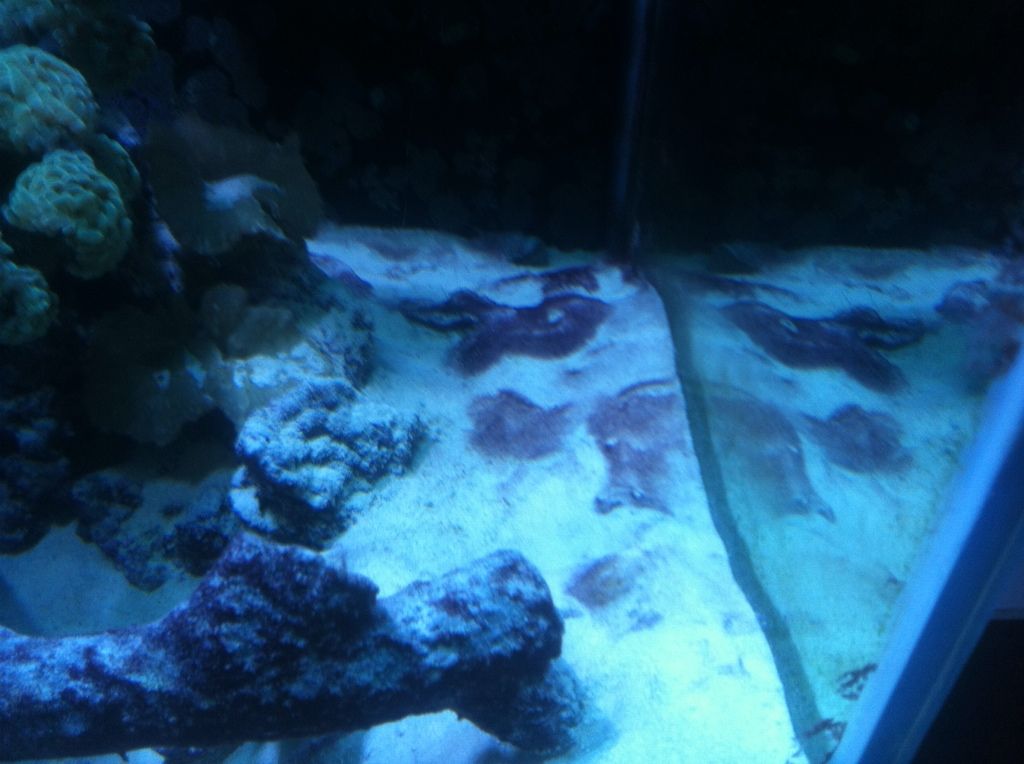
I used this to try and beat back the cyano
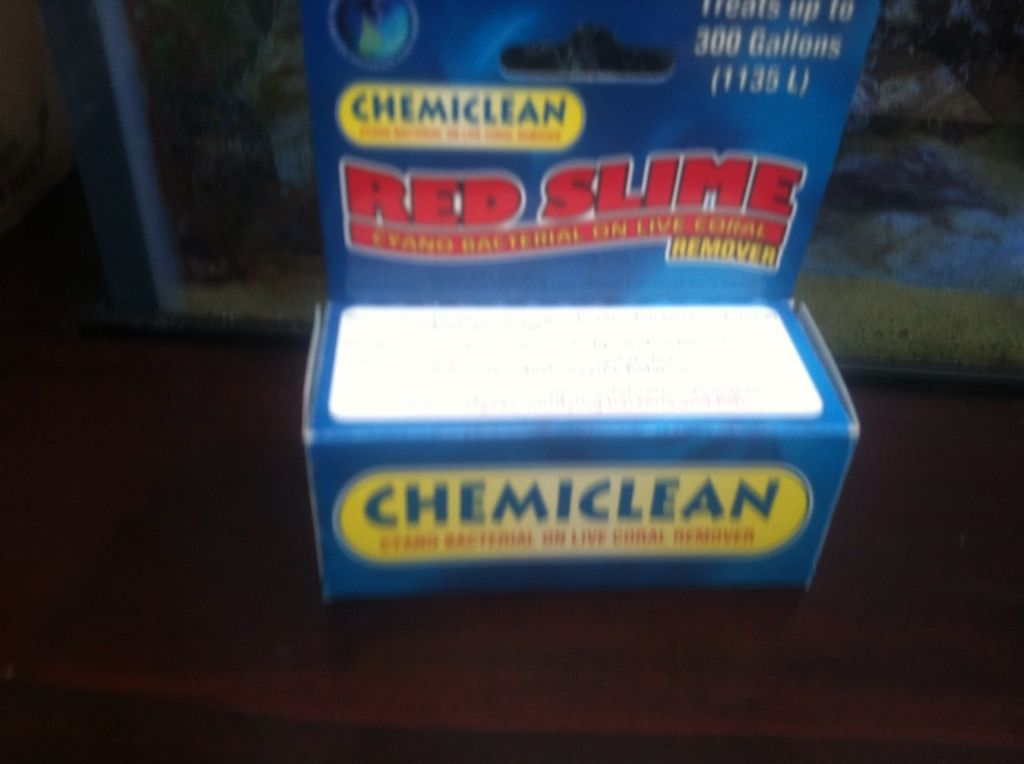
-Chemiclean red slime remover
After 24 hours the cyano is substantially gone but I found this today
My blue tipped Staghorn
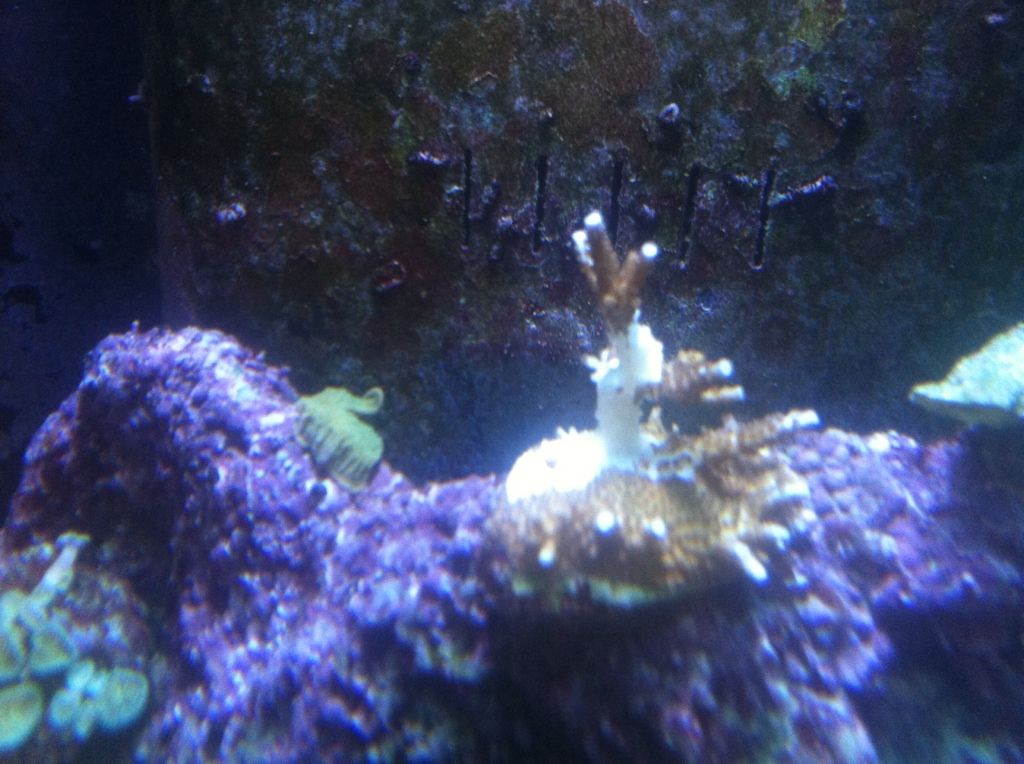

This is how it looked yesterday.
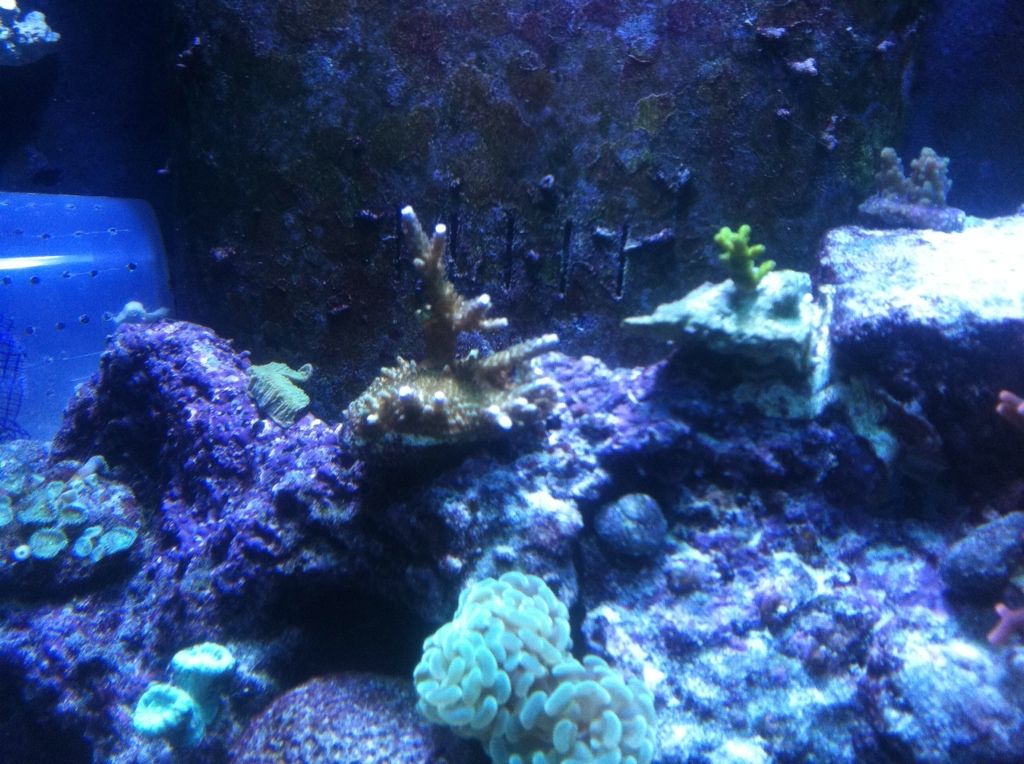
Everything else faired fine except the two frags of the Staghorn I had in the tank. I guess they didn't like the chemiclean.
Here are some before shots:



I used this to try and beat back the cyano

-Chemiclean red slime remover
After 24 hours the cyano is substantially gone but I found this today
My blue tipped Staghorn


This is how it looked yesterday.

Everything else faired fine except the two frags of the Staghorn I had in the tank. I guess they didn't like the chemiclean.

